Start with a solid platform, add three spoonfuls of quality parts, a dash of street-tough presence, and a whole lot of power
Words and Photos: Peter Kelly

A well-rounded street car build is not something you see so often these days — it seems that our scene has partially fractured over the last decade, diverging and coagulating into more and more focused subcategories. No-nonsense race cars, battle-hardened drift cars, and period-correct restored vintage tin are now the staple diet in this country — and that’s no bad thing, but there was a time when our roads were crawling with genuine street cars that mixed just the right amounts of looks, power, and usability. That’s absolutely not to say that it’s a lost art, though. Those builds — like Sara Hansen’s daily driven 2007 Mitsubishi Evo X — are still out there stalking the streets.
Sara clearly remembers her very first interaction with an Evo. It was, after all, a watershed moment in her life that guided her headfirst towards a long-time love of Japanese performance vehicles. “When I was 16, my friend’s brother let me drive his Evo III,” Sara explains. “I instantly fell in love with it. I’d never been in one before or even seen one. So this was my introduction to the world of turbos but, more specifically, to Evos.”
Ever since that first eye-opening drive, the rest of Sara’s teen years were spent dreaming about owning her own Mitsubishi. “In my early 20s, I finally got my first Evo — a IV,” she says. “It had a few issues, and to be honest I was quite disappointed with it. After a while, though, we sold it and bought [an Evo] VI, which will always be my favourite, and it’s all history from there.”
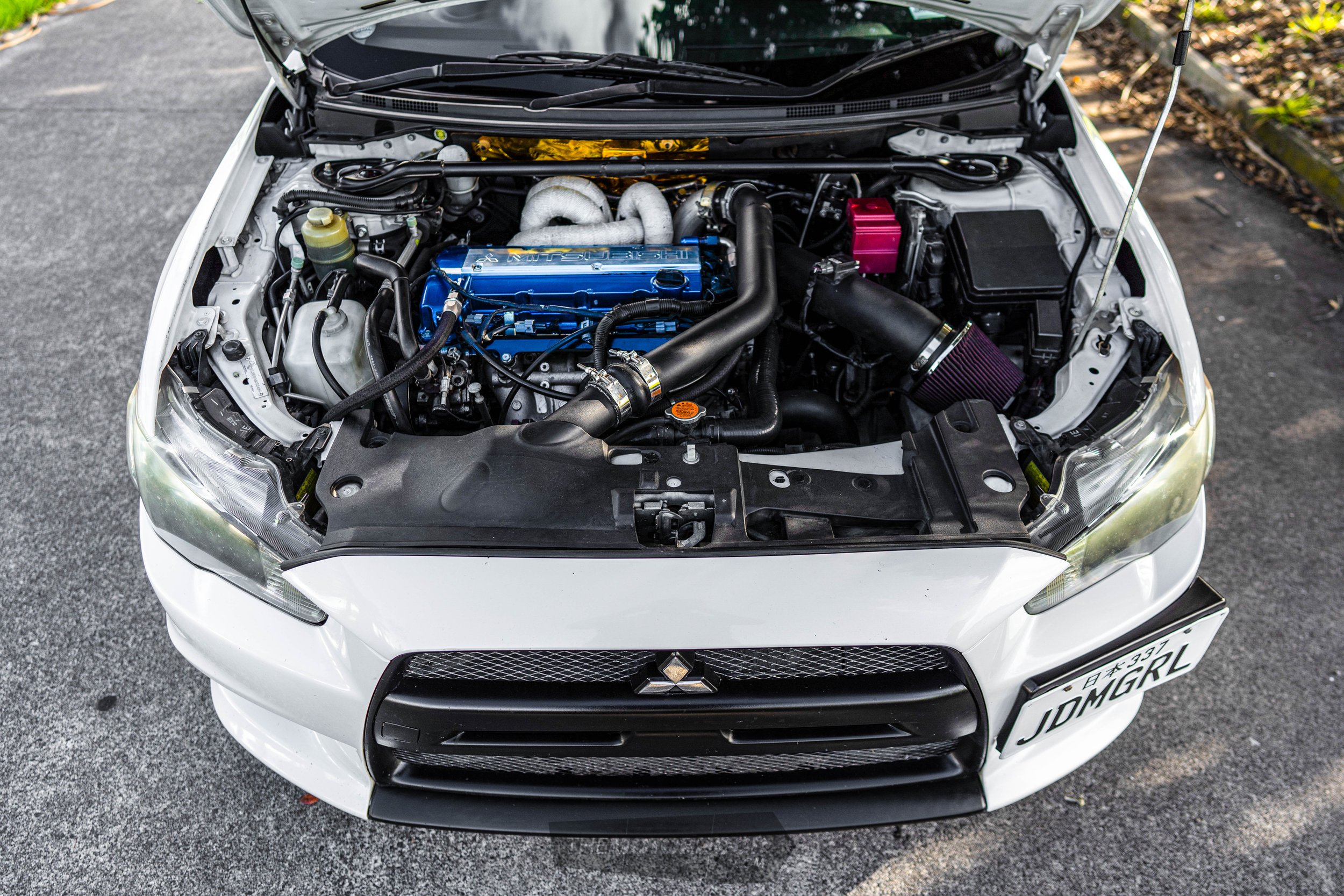

By “we”, Sara is referring to herself and her husband, Pete, who she credits as her biggest enabler when it comes to her Evo addiction. Together, they’ve spent countless hours researching, building, and breaking Evos, from the early frustrations of a lame-duck Evo IV, through to building the VI up into a 320kW, 2.4-litre weapon. When the time came to jump up into a newer car, the choice was obvious — it had to be an Evo X. Sara says: “The VI is my favourite model out of them all — but I wanted a newer, more refined ride. My VI was getting old, so stepping into a model that looked more modern was something I wanted. It wasn’t an easy decision, though, because of all the negativity around the Evo X not having the 4G63 block — some people say that ‘it’s not a real Evo if it’s not a 4G’. So I had my reservations, but we took modifying the 4B11 as a challenge.”
The problem was, now that she’d gone ‘big block’, she couldn’t go back — she’d grown accustomed to the extra torque and low-down power that only a bigger capacity engine can provide. Luckily, there’s a big tuning scene for these cars, especially in the States, so finding out what works and what doesn’t, as well as all the parts needed to increase the capacity of the two-litre 4B11 and start making some serious power, wasn’t impossible.
We’d be remiss if we weren’t upfront at this point, mind you — the motor you see here isn’t the first big-dollar built 2.3 that’s been dropped between the struts of Sara’s 2007 Evo X. The first motor was built using a Brian Crower stroker kit to push it out to 2300cc, but, after a few months on the road, Sara’s water-meth injection system decided to shit the bed, filling cylinder one with water on start-up one morning — definitely not what you want. The water in the cylinder resulted in a bent rod, a split block, and (if it had been us) a whole lot of tears.
At this point, Sara was in so deep that it only made sense to build another stroked motor — after all, the car was built around a stroked and forged 4B11, so anything less would be a waste. While a stock two-litre was dropped in to keep Sara on the road (this is her daily driver, after all), GER Engine Specialists in Auckland got started on a fresh build using the same Brian Crower kit but with the addition of Darton cylinder sleeves for added peace of mind.

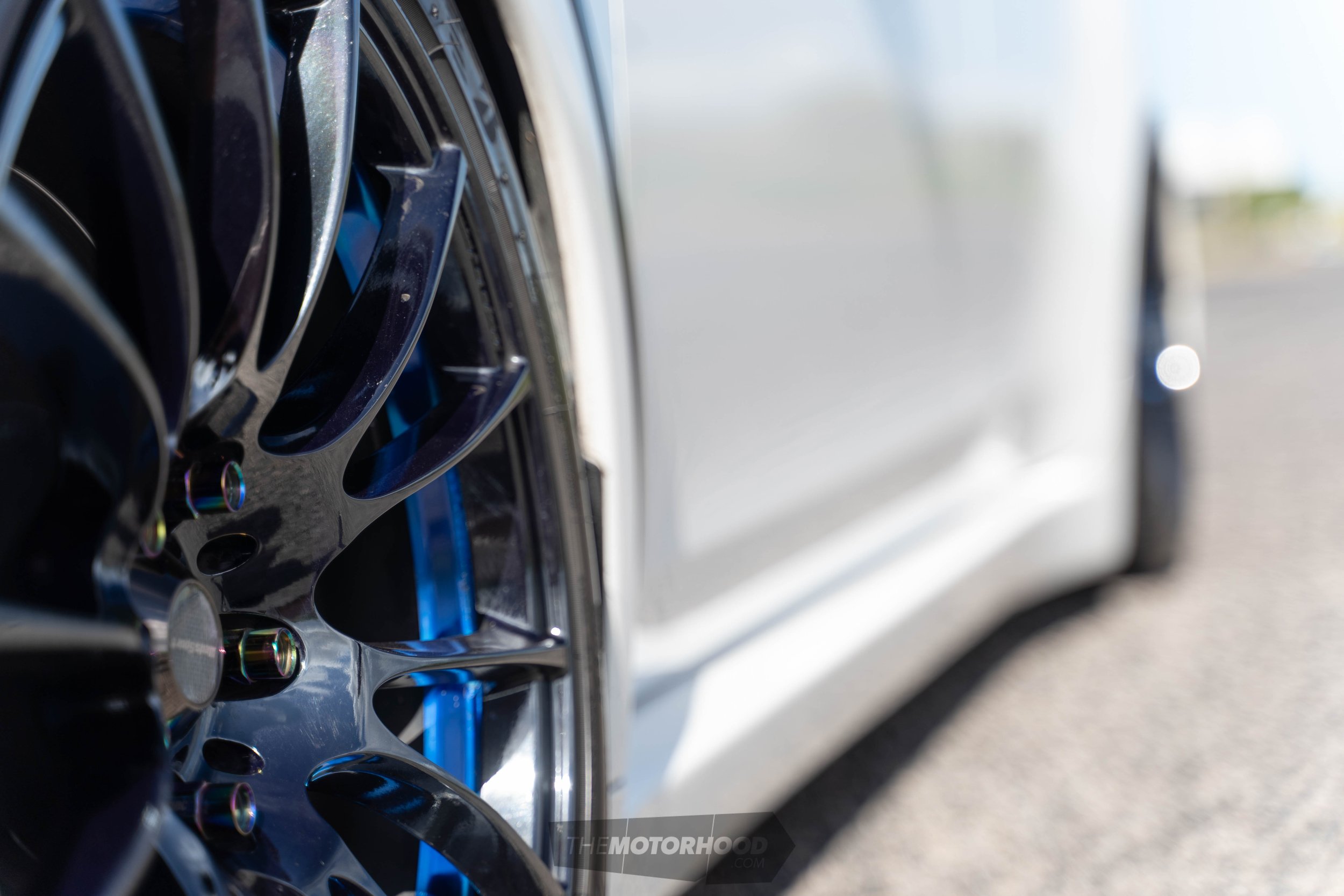
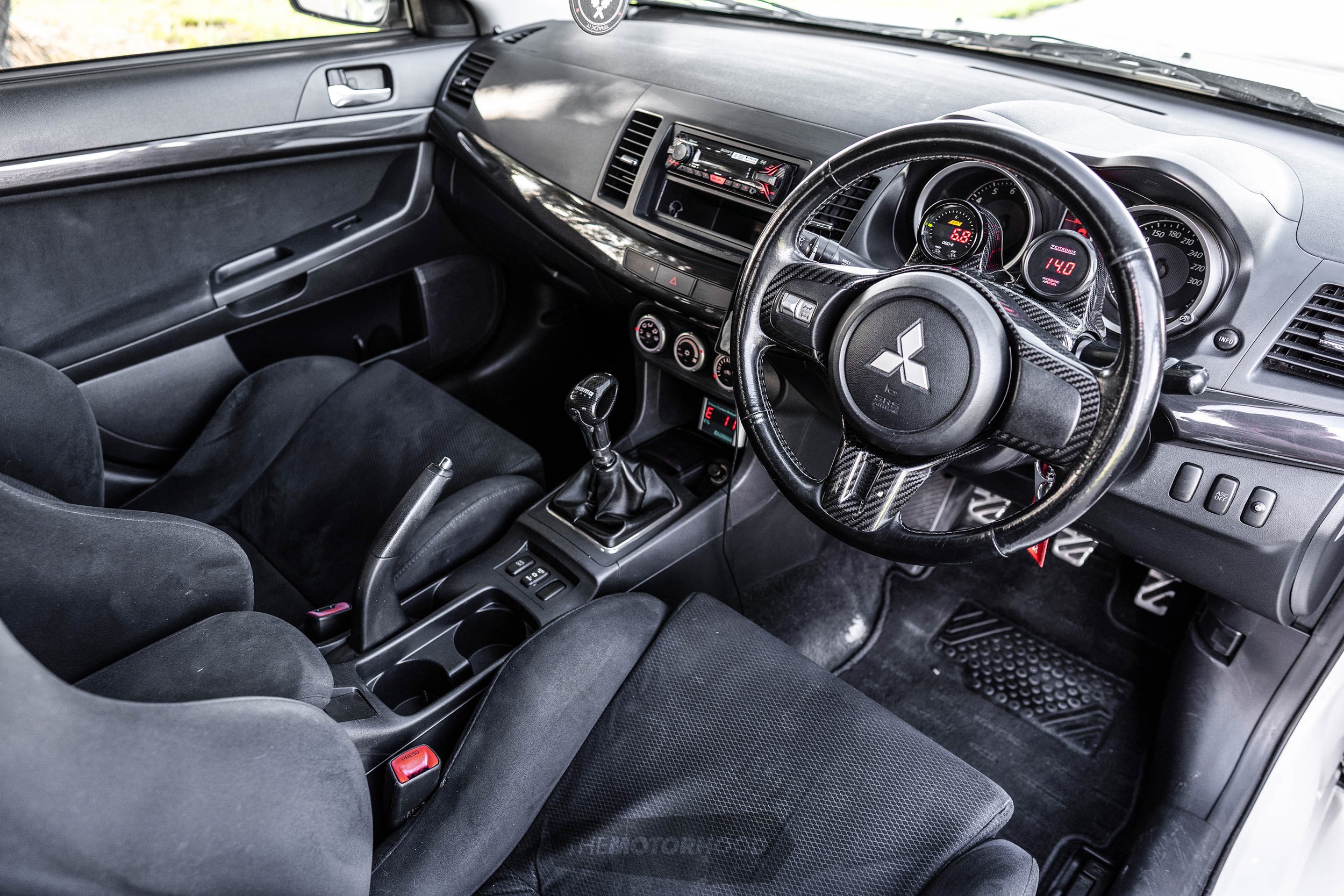
Installed by JCD Engineering in Thames and tuned by Brent at Tauranga’s Dynopower, the new package spins up a very impressive 444kW and 1350Nm at all four wheels, on only 22psi. The package has plenty of headroom for more in it too. But the stock six-speed gearbox doesn’t, and Brent wisely suggested leaving it there to keep the car reliable. Thanks to the extra engine capacity, a fully built head running Kelford cams that retain MIVEC capabilities, and a twin-scroll BorgWarner EFR 8374 turbo, the power is made early and pulls extremely hard all the way up to 8000rpm. Arguably, no daily driver needs this much power — this car makes factory Evo X power at 3800rpm and only climbs up a wall on the dyno sheet from there. Considering that the Evo X isn’t exactly a slow car in untouched form, we have to ask, what’s it like driving a weapon like this every day?
“To be honest, I hardly ever drive it much over 4500rpm on the street,” Sara says. “For daily use, I just don’t need to. The power and torque down low make it quick to run around in. When it is at full boost, though, it puts a smile on my face every single time, without exception. It even has me giggling sometimes.”
There’s more to everyday drivability than just the engine package, of course, and while the rattling of an RC twin-plate clutch and the rasp of a full AMS Ti three-inch exhaust system hanging off a Full-Race manifold tell you that some concessions have been made in the name of big power, when it comes to suspension and handling, Sara knows where to draw the line.
“I originally had Tein adjustable suspension but found that too often I was scraping over speed bumps and into driveways,” she says. “And when I couldn’t get into the driveway at our new place, that led me to look into air suspension — I was surprised to learn how amazing the bag systems are now! Airlift caught my attention after seeing a few Evo Xs in America with it installed. I didn’t want to compromise on handling, though, and I was assured the Airlift Performance suspension would handle like coilovers. And it does.”

The kit, which features 30-click adjustable dampening and progressive spring rate bellows that provide a shockingly-good ride, was sourced and installed by Simon at Get Low Customs. It allows Sara to air-out, tucking her 18×9.5-inch +38 Wedsport SA72Rs under the factory guards when parked; lift up to a performance driving height to tackle the winding mountain roads in her local Coromandel area; and even rise right up to get up the worst driveways that life can throw at her. The tank, compressor, and everything that goes with it also fit neatly between the rear seats and the boot — with the factory boot trim in place, you wouldn’t even know it was there.
The X looks pretty damn tough aired out, and Sara wisely decided that it doesn’t really need anything else in the aesthetics department, shying away from the big-aero, hyper-aggressive look — only a couple of carbon-fibre enhancements from Rexpeed have found their way onto the car’s factory Diamond White pearl tricoat paint. The interior follows the same ethos, with only the necessary instrumentation added to control and monitor the engine package and suspension. Of course, when you’re working with an Evo, there’s never really too much you want to do, thanks to the ever-present Recaro seats and functional, no-nonsense dash and controls.
As it stands at the moment, Sara is very happy with her Evo and will continue to keep it on the road as her main form of transport. It looks good, it drives well, and it certainly doesn’t need any more power. She does, however, have some unfinished business waiting for her at Meremere, after a less-than-ideal debut on the quarter-mile. “I do want to get back to the drags one more time — the last drag day at 4&Rotary, I split a hose on the first run and never got the chance to run a decent time,” she says. With a hair under 447kW on tap, it’d be very interesting to see what this genuinely daily-driven street weapon of an Evo can really do. We guess we’ll just have to wait and see.
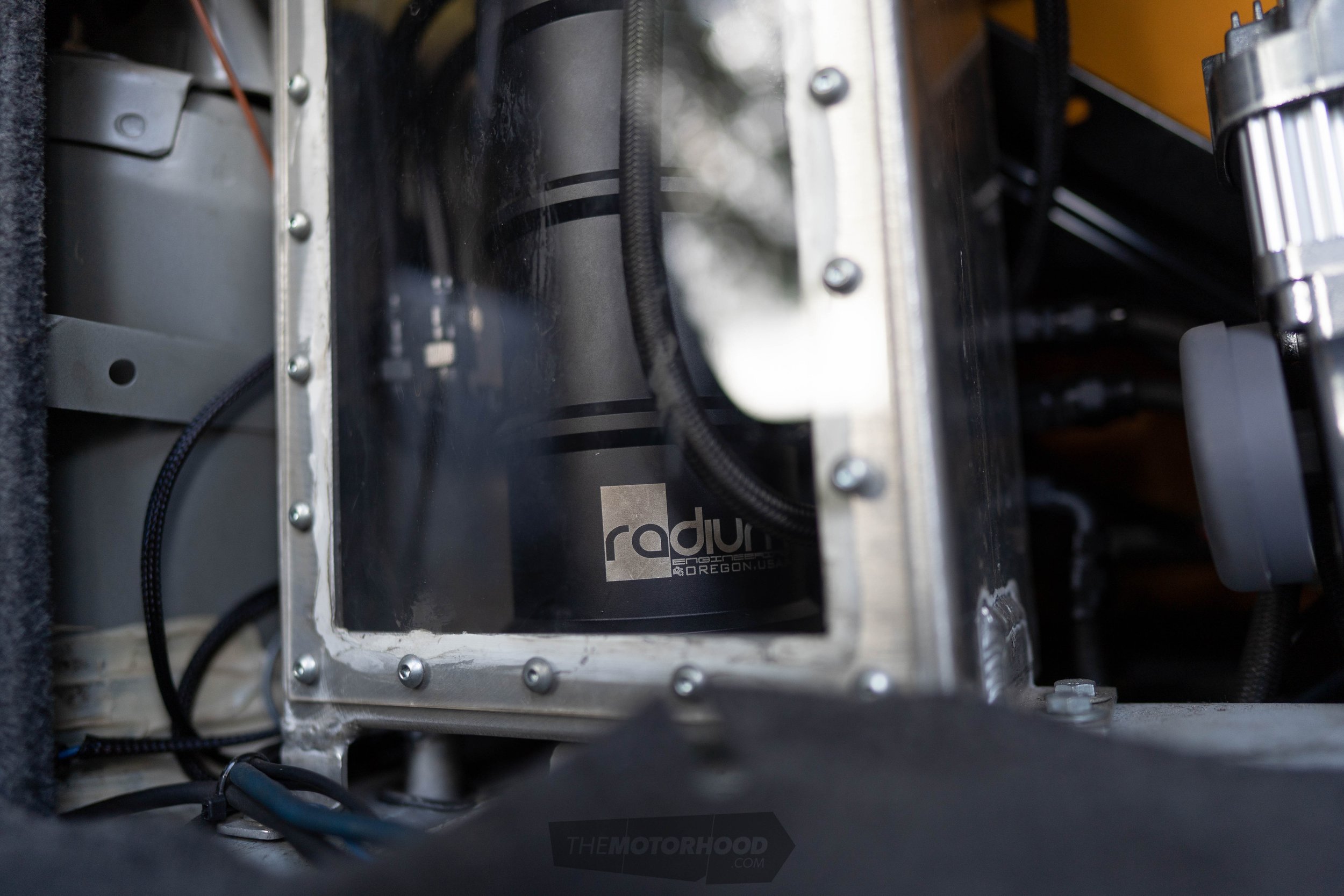

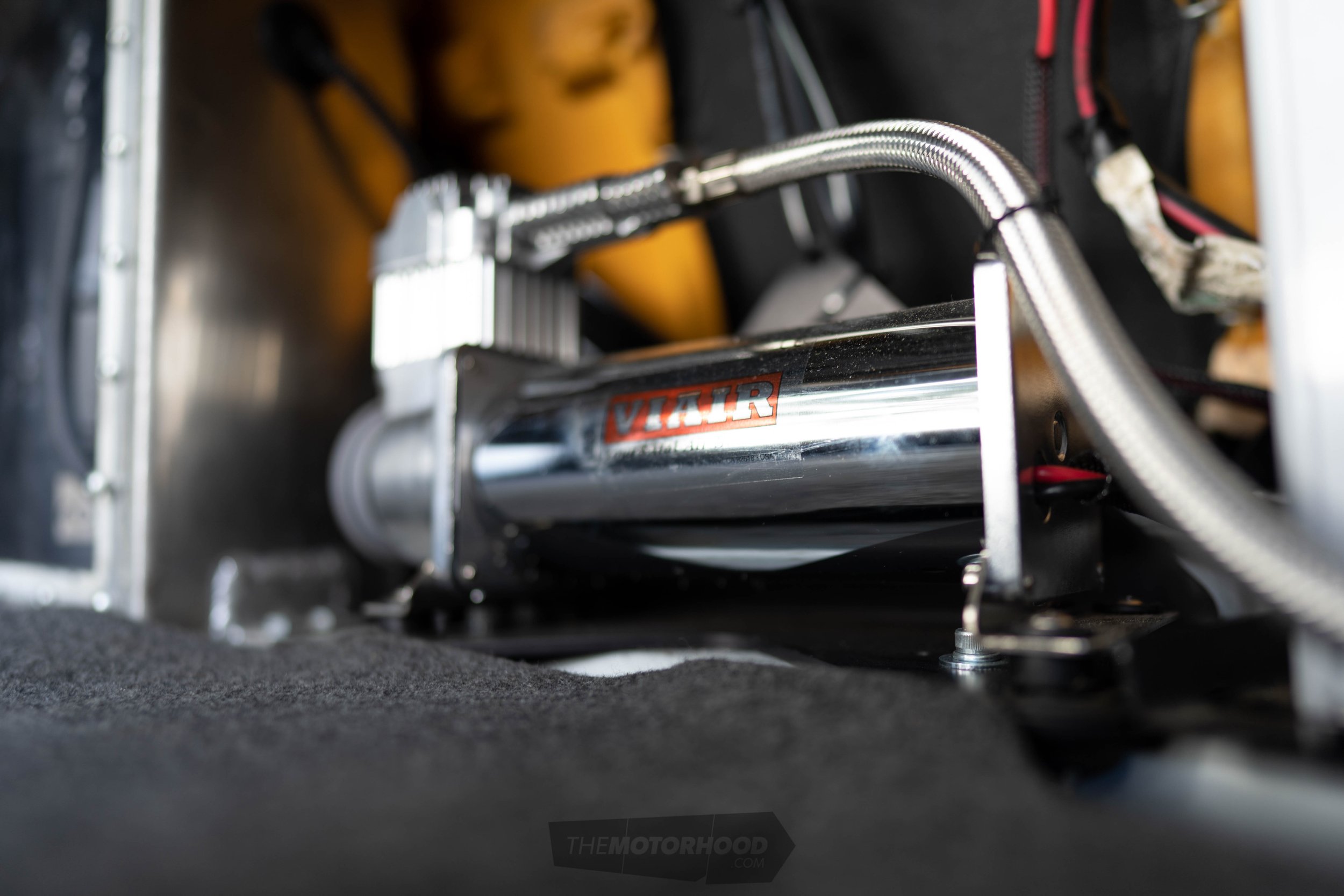

This article originally appeared in New Zealand Performance Car issue 290




